- 1 Key Factors Influencing Screw Press Processing Capacity
- 2 Calculation Methods for Screw Press Capacity Determination
- 3 Optimizing Operational Parameters to Maximize Processing Capacity
- 4 FAQ
- 4.1 How does sludge solid concentration affect screw press capacity?
- 4.2 What's the difference between hydraulic capacity and solids capacity?
- 4.3 Can I increase the capacity of my existing screw press?
- 4.4 How accurate are manufacturer's capacity ratings?
- 4.5 What maintenance practices help maintain optimal capacity?
Accurately determining the processing capacity of a screw press sludge dewatering machine is crucial for designing efficient wastewater treatment systems and optimizing operational costs. The capacity isn't a single fixed number but rather a dynamic value influenced by multiple interconnected factors. Understanding how to calculate and interpret this capacity ensures you select the right equipment for your specific application, avoid overloading, and achieve optimal dewatering performance. This comprehensive guide explores the key parameters and methodologies used to assess the true processing capability of these versatile machines.
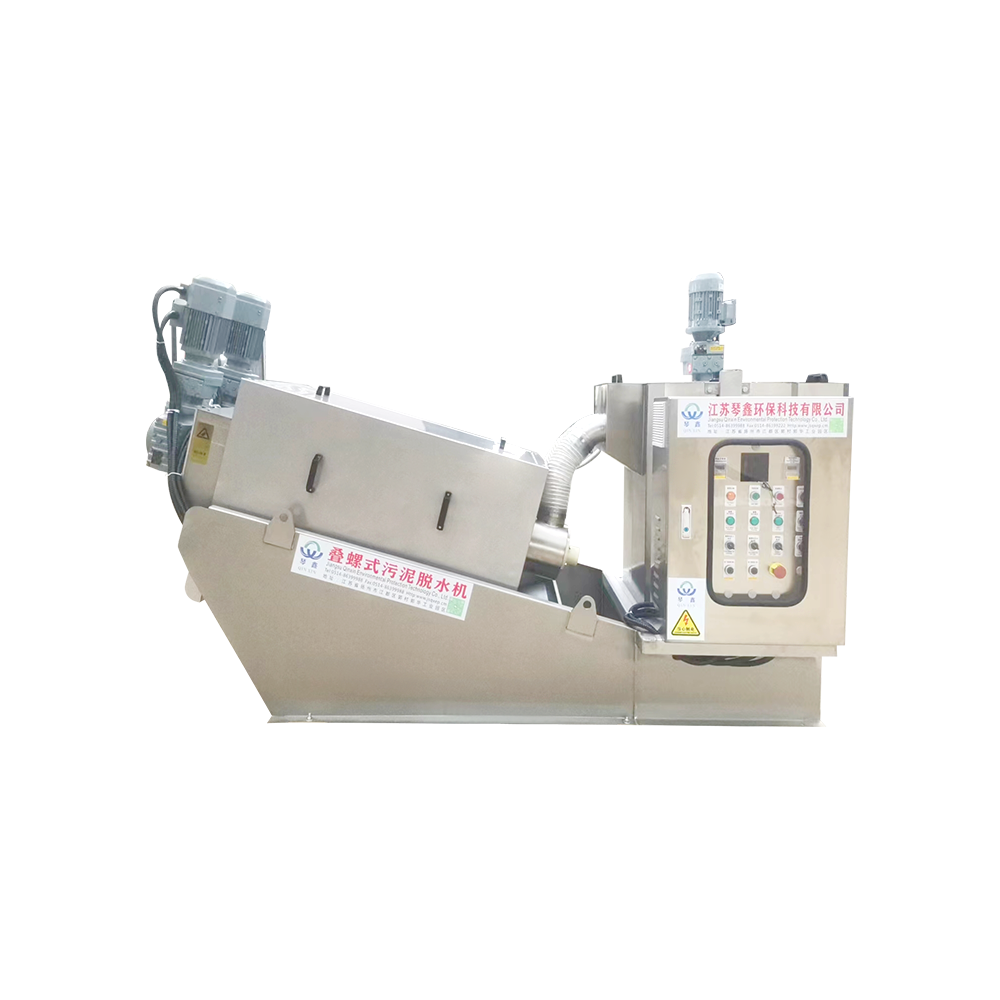
Integrated Horizontal Food Grade Spiral Screw Sludge Dewatering Machine QXDL-252
Key Factors Influencing Screw Press Processing Capacity
The nominal capacity provided by manufacturers serves as a starting point, but real-world performance depends heavily on specific operational conditions. The processing capacity of a screw press is primarily determined by the characteristics of the incoming sludge and the machine's configuration. Operators must consider these variables to accurately predict throughput and avoid system bottlenecks that can lead to inefficiencies or equipment damage.
- Sludge Type and Composition: Municipal, industrial, and chemical sludges have different dewatering characteristics that directly impact throughput rates.
- Incoming Solid Concentration: Higher solid content in feed sludge typically reduces volumetric capacity but may increase solid throughput.
- Flocculation Efficiency: Properly conditioned sludge with optimal polymer dosage dewaters more efficiently, allowing higher processing rates.
- Machine Design Parameters: Screw diameter, pitch, rotational speed, and compression zone configuration establish the fundamental capacity limits.
Understanding the Relationship Between Sludge Type and Capacity
Different sludge categories exhibit distinct dewatering behaviors that significantly affect how much material a screw press dewatering machine</strong can process. Municipal wastewater sludge typically contains organic materials that respond well to dewatering, while industrial sludges with high grease or fiber content may require slower processing speeds. The table below illustrates how capacity varies across common sludge types when using a standard-sized machine.
| Sludge Type | Typical Feed Solid Concentration | Relative Capacity Impact |
| Municipal Primary Sludge | 3-5% | Baseline (100%) |
| Activated Sludge | 0.5-1.5% | 60-70% of baseline |
| Food Processing Sludge | 2-4% | 80-90% of baseline |
| Paper/Pulp Sludge | 3-6% | 70-85% of baseline |
| Chemical Industrial Sludge | 2-5% | 90-110% of baseline |
Calculation Methods for Screw Press Capacity Determination
Determining the precise capacity of your screw press dewatering machine requires both theoretical calculations and practical verification. Manufacturers typically provide capacity ranges based on standard testing conditions, but these must be adjusted for your specific application. The most accurate approach combines manufacturer data with site-specific parameters to create a customized capacity model that reflects real operating conditions.
- Volumetric vs. Solid Capacity: Distinguish between the volume of sludge processed (m³/h) and the weight of dry solids handled (kg DS/h).
- Manufacturer's Standard Testing Protocols: Understand the conditions under which published capacity figures were determined.
- Application-Specific Adjustment Factors: Apply correction factors for sludge characteristics, flocculation efficiency, and desired cake dryness.
- Pilot Testing Validation: Conduct on-site trials with actual sludge to verify theoretical calculations.
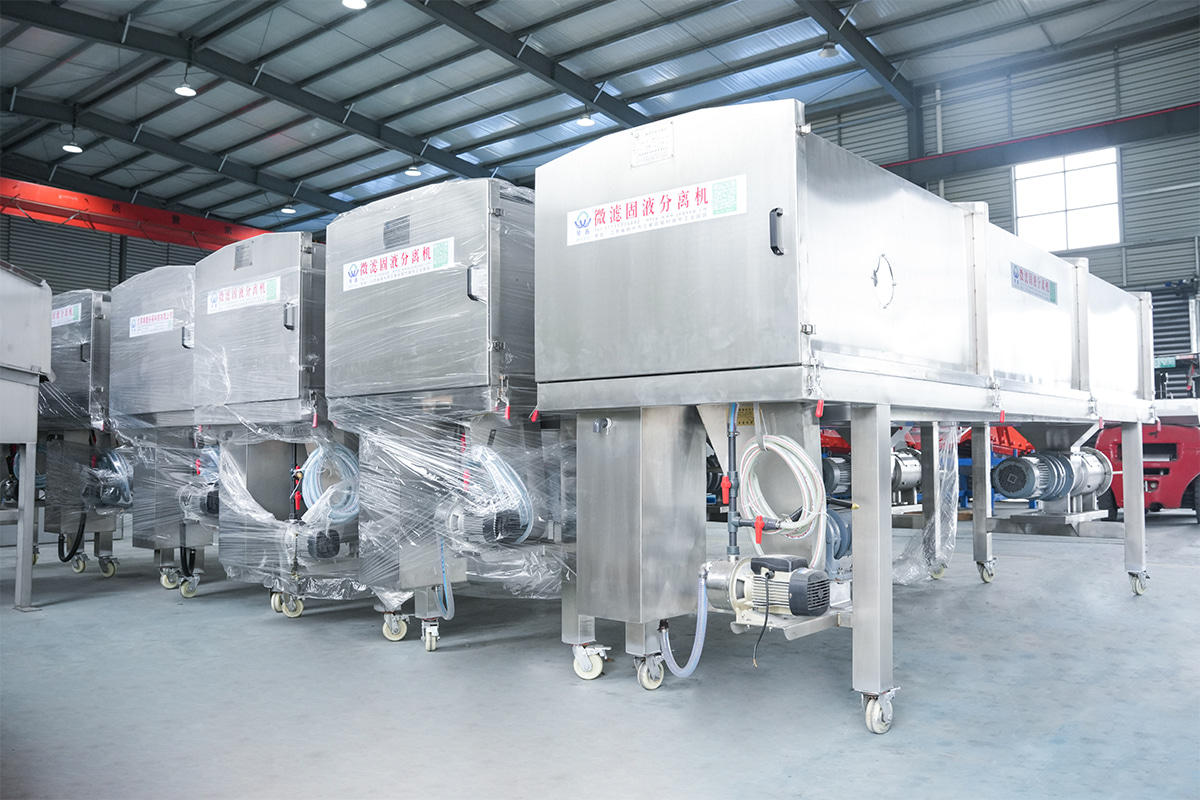
Practical Capacity Calculation Formula and Parameters
A simplified capacity calculation for a screw press sludge dewatering machine considers both the mechanical limitations of the equipment and the dewatering characteristics of the sludge. While manufacturers provide detailed calculation tools, understanding the basic formula helps operators make informed decisions about machine sizing and operational adjustments to optimize throughput.
- Basic Capacity Formula: Q = (π × D²/4) × L × N × η × C × 60, where Q is volumetric capacity, D is screw diameter, L is effective length, N is rotational speed, η is efficiency factor, and C is sludge characteristic coefficient.
- Dry Solid Throughput Calculation: DS = Q × Ci × ρ, where DS is dry solid processing rate (kg/h), Ci is inlet concentration (%), and ρ is sludge density.
- Efficiency Factors: Typical efficiency values range from 0.6 to 0.85 depending on sludge dewaterability and machine condition.
- Sludge Characteristic Coefficients: Empirical values that account for specific resistance and compressibility of different sludge types.
Capacity Comparison Across Different Screw Press Sizes
Understanding how capacity scales with machine size helps in selecting the appropriate screw press dewatering machine for your facility. The table below provides typical capacity ranges for standard machine sizes when processing municipal sludge with 3-4% solid content and proper flocculation. These values serve as a preliminary guide before detailed site-specific evaluation.
| Screw Diameter (mm) | Volumetric Capacity Range (m³/h) | Dry Solid Capacity Range (kg DS/h) | Typical Power Consumption (kW) |
| 200 | 1-3 | 30-90 | 1.5-2.2 |
| 350 | 4-8 | 120-240 | 3.7-5.5 |
| 500 | 10-18 | 300-540 | 7.5-11 |
| 650 | 20-30 | 600-900 | 15-22 |
| 800 | 35-50 | 1050-1500 | 30-37 |
Optimizing Operational Parameters to Maximize Processing Capacity
Once the theoretical capacity of your screw press sludge dewatering machine is established, operational fine-tuning can help achieve optimal performance. Proper adjustment of machine parameters in response to changing sludge characteristics ensures consistent operation near maximum capacity while maintaining desired cake dryness and solids capture rate. Regular monitoring and adjustment form the foundation of capacity optimization.
- Screw Speed Adjustment: Higher speeds generally increase capacity but may reduce cake dryness; finding the balance is key.
- Back Pressure Control: Optimizing counter-pressure at the discharge end affects both capacity and dewatering efficiency.
- Flocculation System Optimization: Proper polymer selection and dosing significantly improve dewatering rate and capacity.
- Feed Rate Consistency: Maintaining steady, appropriate feed rates prevents overloading and ensures stable operation.
The Role of Flocculation in Maximizing Machine Capacity
Effective flocculation is perhaps the most significant factor in optimizing the processing capacity of a screw press. Well-flocculated sludge releases water more readily during the compression phase, allowing faster throughput while maintaining cake quality. Investing in an automated PAM integrated dosing system ensures consistent, optimal flocculation that adapts to variations in sludge characteristics, thereby maximizing the machine's capacity potential.
- Polymer Type Selection: Matching polymer characteristics (ionic charge, molecular weight) to sludge properties improves dewatering kinetics.
- Optimal Dosage Determination: Finding the minimum effective dosage prevents overtreatment that can reduce capacity.
- Mixing Energy Optimization: Proper floc formation requires controlled mixing intensity and duration.
- Automated Dose Control: Systems that adjust polymer feed based on sludge flow and quality maintain optimal conditioning.
FAQ
How does sludge solid concentration affect screw press capacity?
Sludge solid concentration has an inverse relationship with volumetric capacity but a direct relationship with dry solids throughput. Lower solid concentration (e.g., 1-2%) means you're processing more water, which reduces the volume you can handle before the machine becomes hydraulically limited. Higher concentration sludge (e.g., 4-6%) allows processing more dry solids within the same volumetric capacity. However, excessively thick sludge may present conveyance challenges, so finding the optimal feed concentration is key to maximizing your screw press dewatering machine performance.
What's the difference between hydraulic capacity and solids capacity?
Hydraulic capacity refers to the volume of sludge (in m³/h) a screw press sludge dewatering machine can process, while solids capacity indicates the amount of dry solids (in kg DS/h) it can handle. The relationship between them is defined by the feed solid concentration. For example, a machine with 10 m³/h hydraulic capacity processing 3% sludge has a solids capacity of approximately 300 kg DS/h (assuming sludge density of 1000 kg/m³). Understanding both metrics is essential for proper system design and operation, as equipment can be limited by either parameter depending on sludge characteristics.
Can I increase the capacity of my existing screw press?
Yes, several strategies can enhance the capacity of an existing screw press dewatering machine. Optimizing flocculation with a precision PAM integrated dosing system often yields immediate improvements. Mechanical modifications like installing a pre-thickener to increase feed solid concentration or upgrading the drive system for higher torque can also boost capacity. Additionally, operational adjustments such as optimizing screw speed, back pressure, and feed distribution may improve throughput. Before implementing changes, consult with equipment specialists to ensure modifications are compatible with your specific machine design.
How accurate are manufacturer's capacity ratings?
Manufacturer capacity ratings provide a useful benchmark but are typically determined under ideal laboratory conditions with standardized sludge. Real-world performance usually varies based on your specific sludge characteristics, flocculation efficiency, and operating practices. Reputable manufacturers like Yangzhou Qinxin Environmental Protection Technology Co., Ltd. provide conservative estimates and application-specific guidance. The most accurate approach involves pilot testing with your actual sludge or requesting reference installations with similar applications to understand expected performance of their stacked screw sludge dewatering machines.
What maintenance practices help maintain optimal capacity?
Regular maintenance is essential to sustain the designed capacity of your screw press sludge dewatering machine. Key practices include daily inspection and cleaning of screens to prevent blinding, weekly verification of wear components like the screw flight and liner, monthly calibration of the flocculation system, and quarterly inspection of the drive system. Proper lubrication and alignment checks prevent gradual performance degradation. Yangzhou Qinxin Environmental Protection Technology Co., Ltd. recommends following their maintenance protocols specifically designed for their equipment to ensure consistent capacity throughout the machine's lifespan.

 ENG
ENG
 English
English русский
русский Español
Español Tiếng Việt
Tiếng Việt ไทย
ไทย
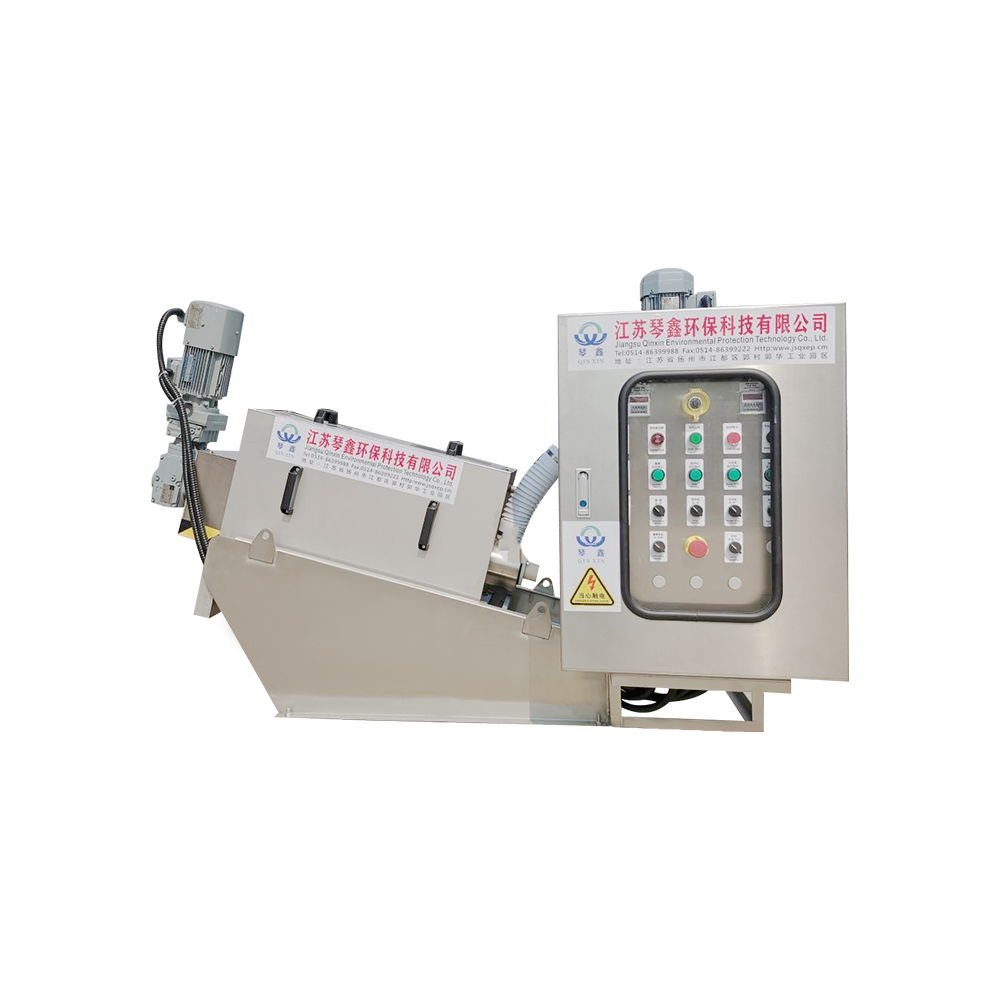
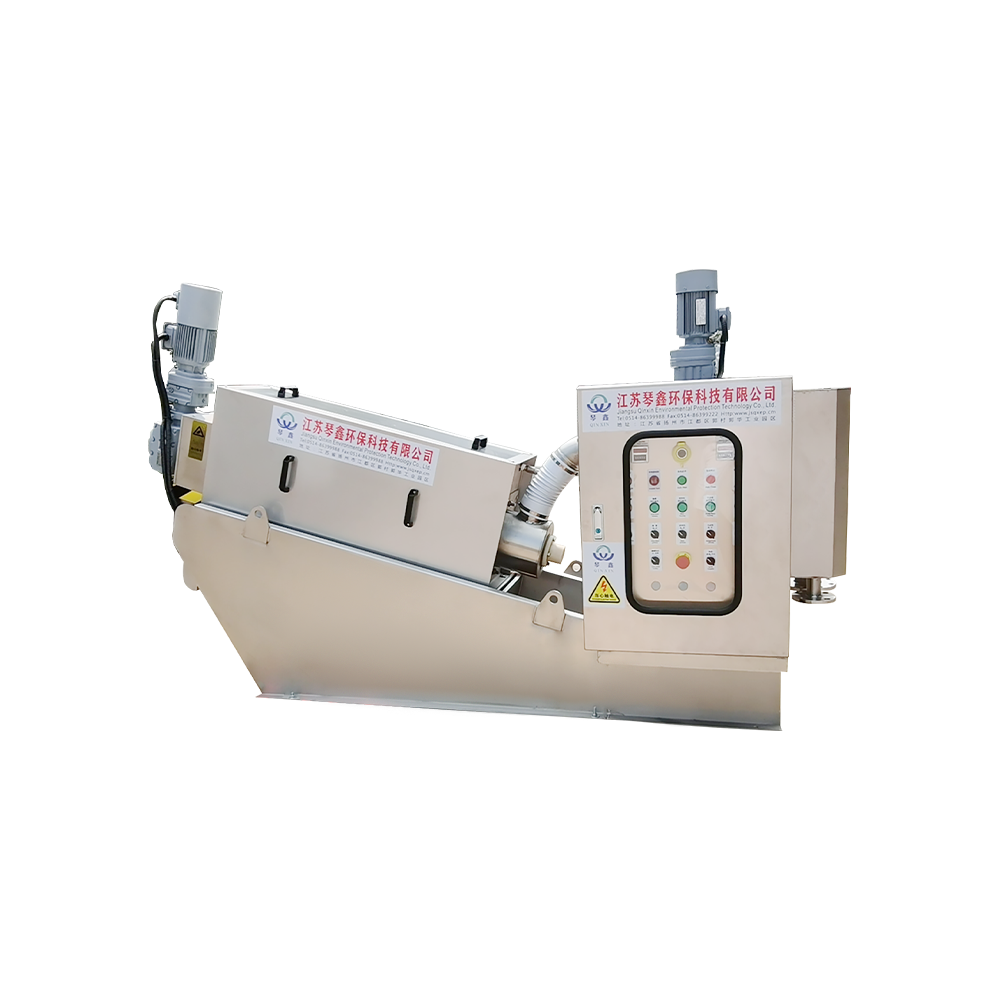
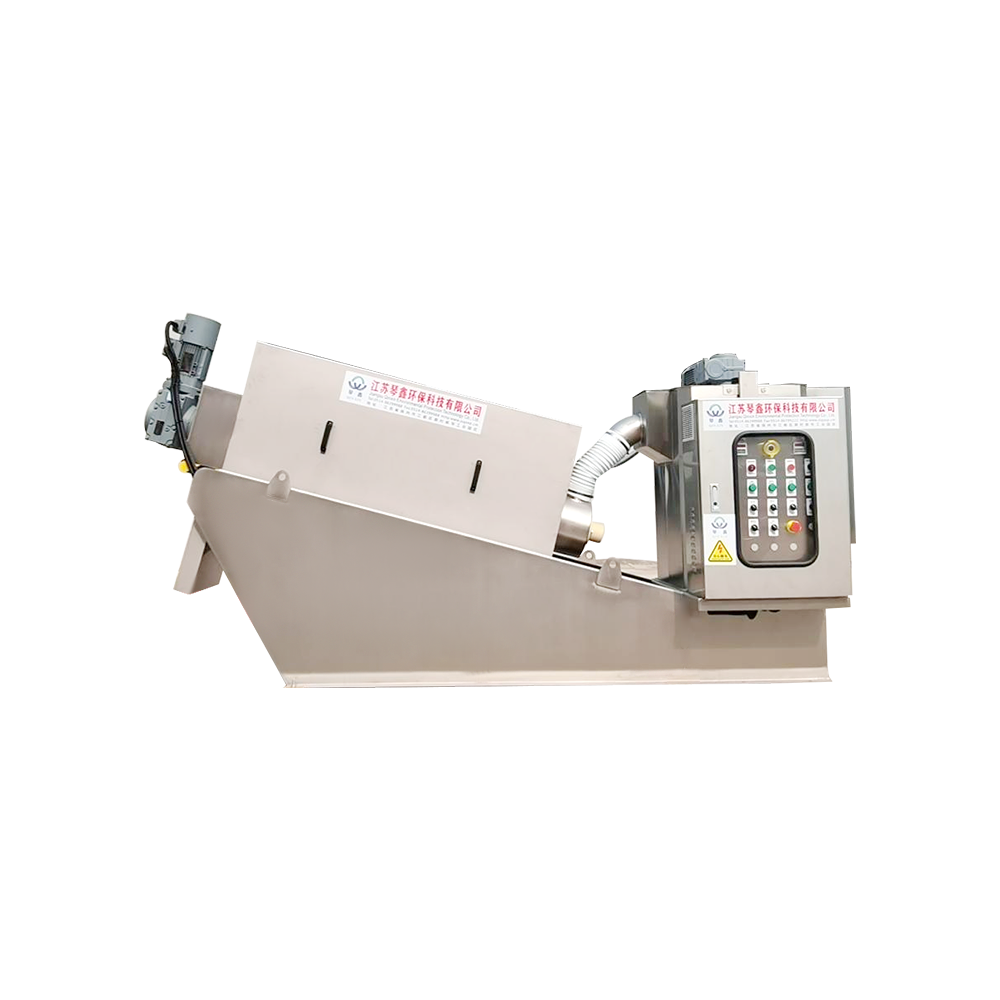
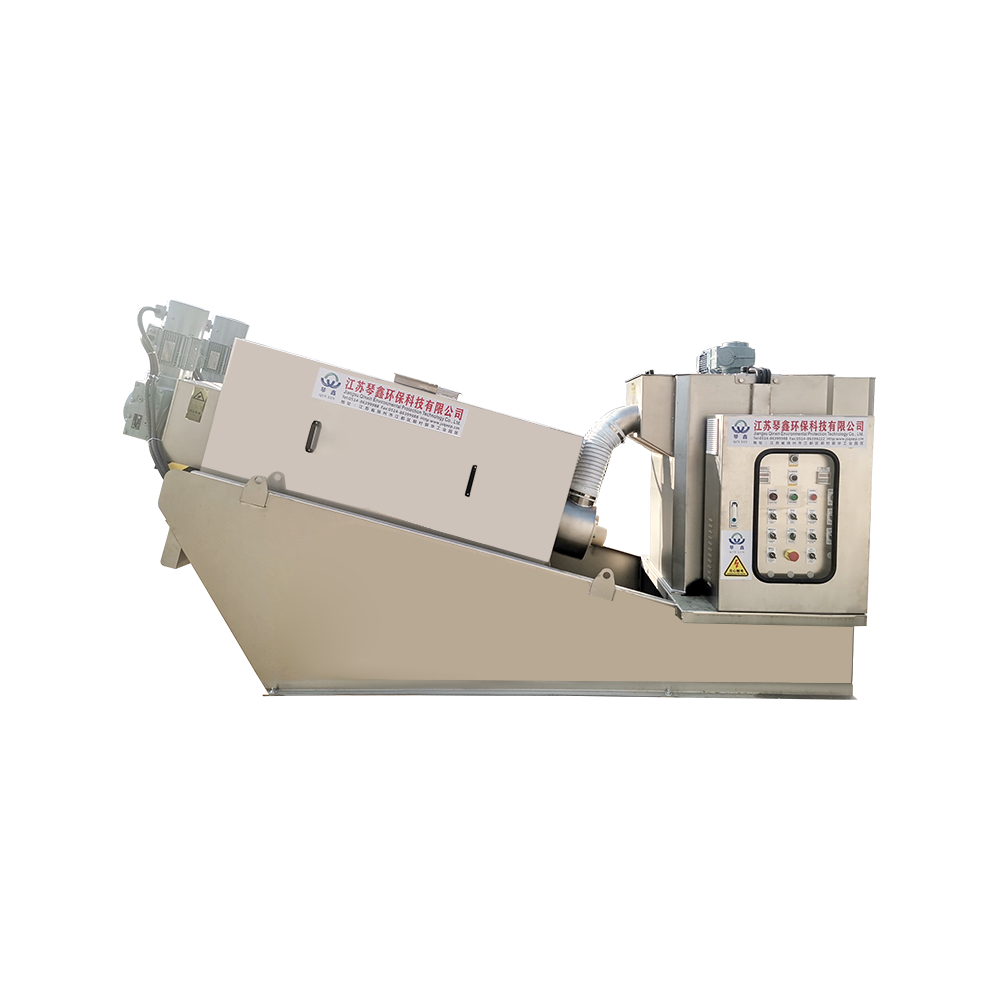
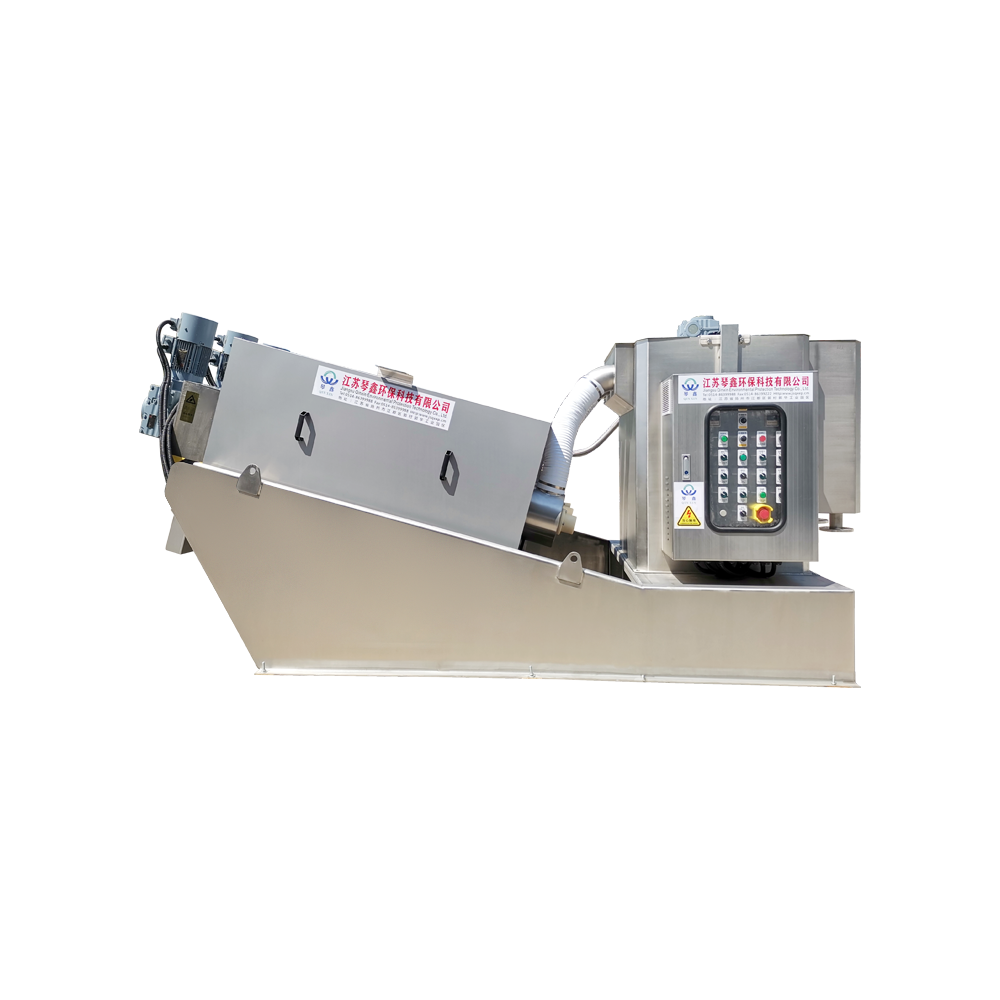
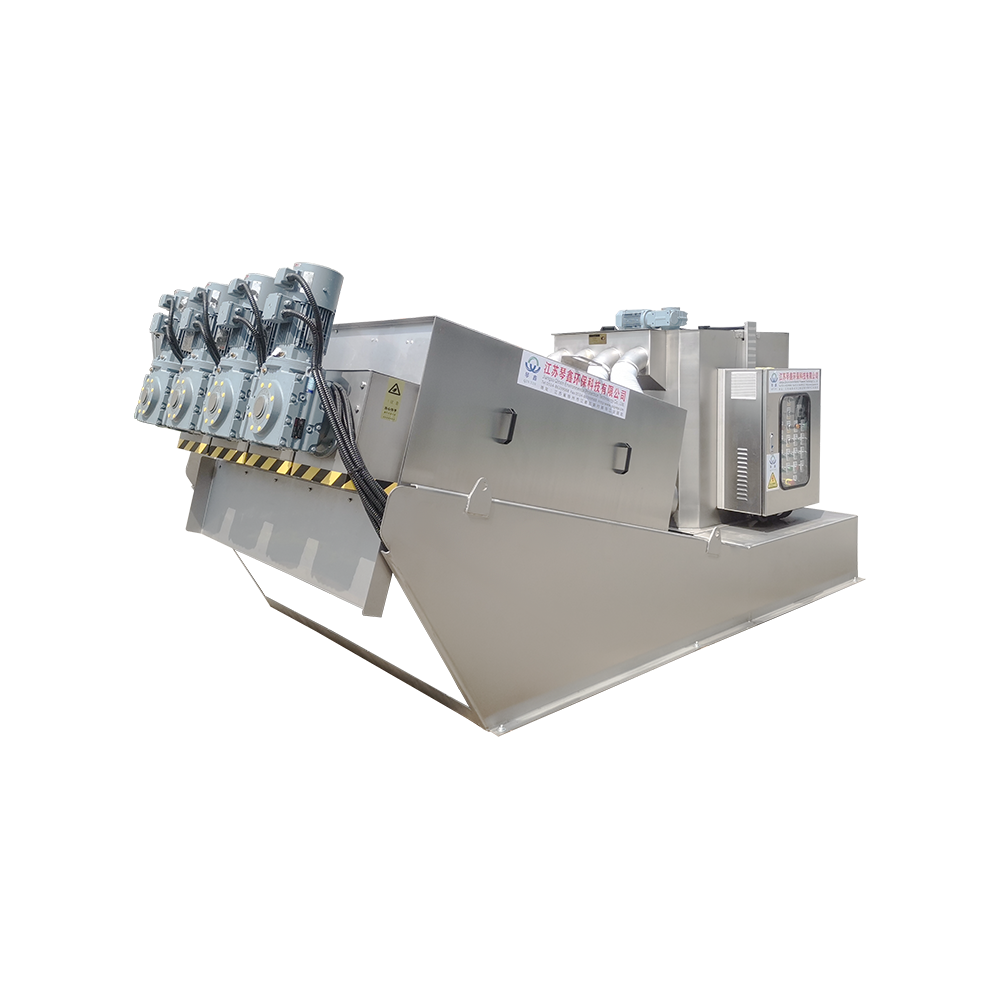
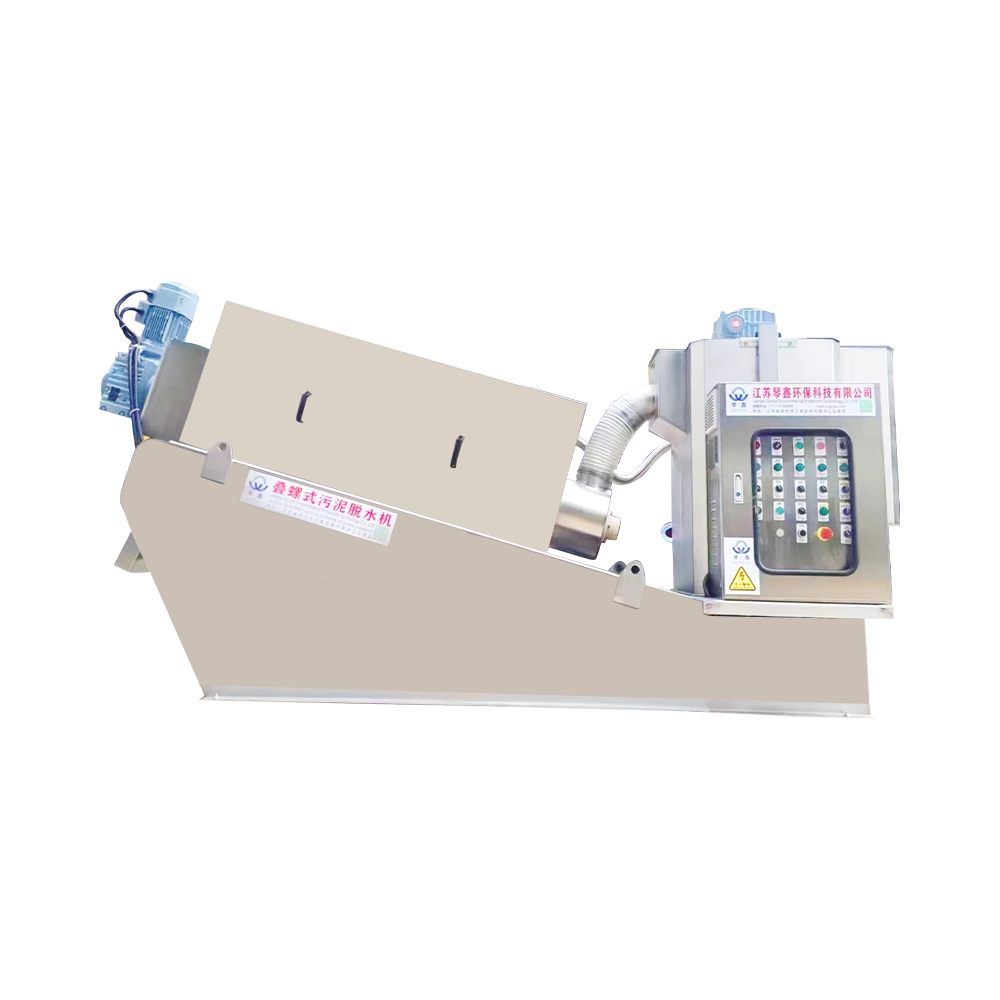
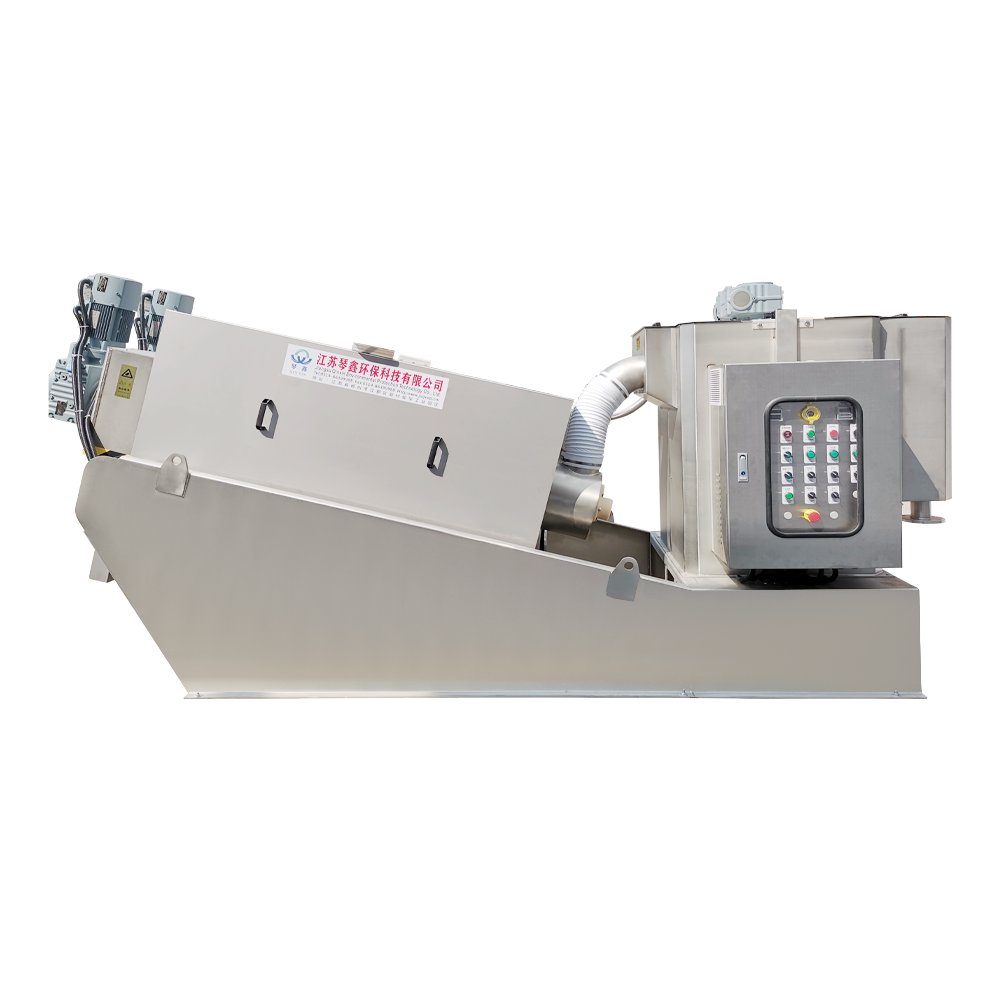
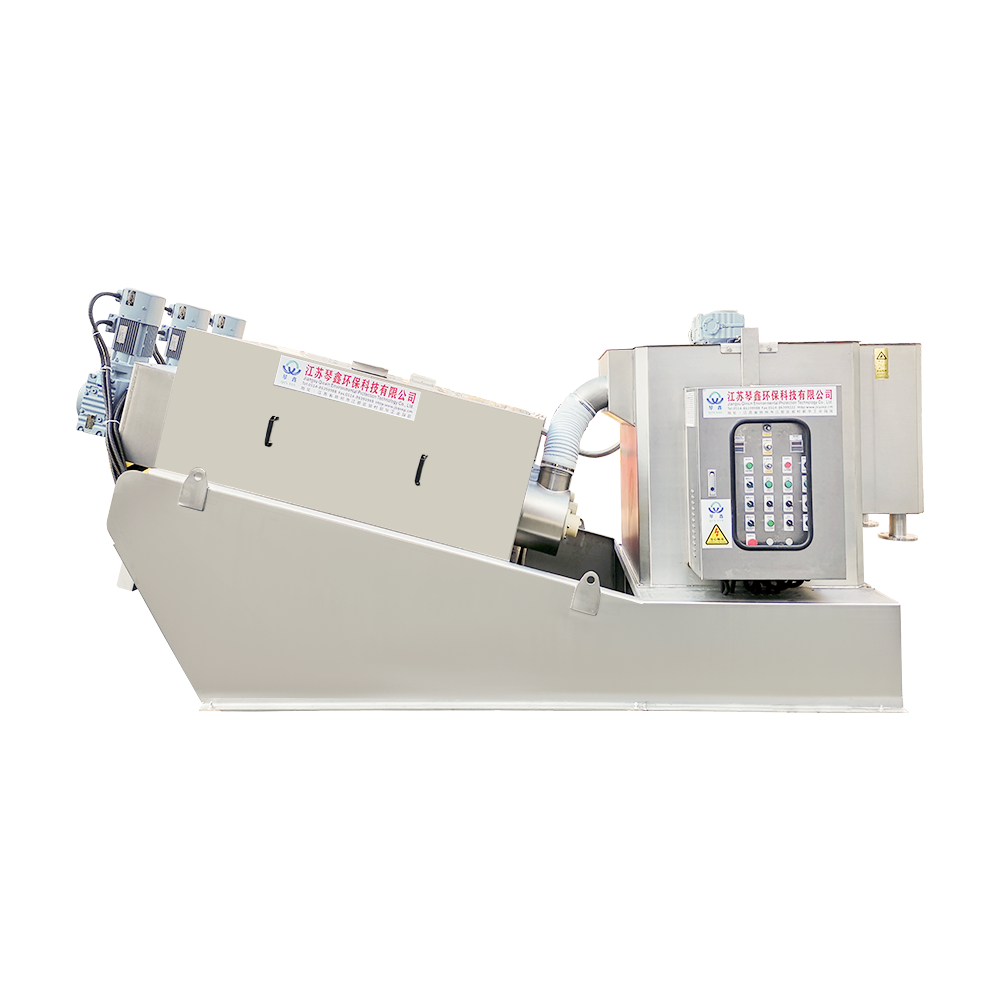
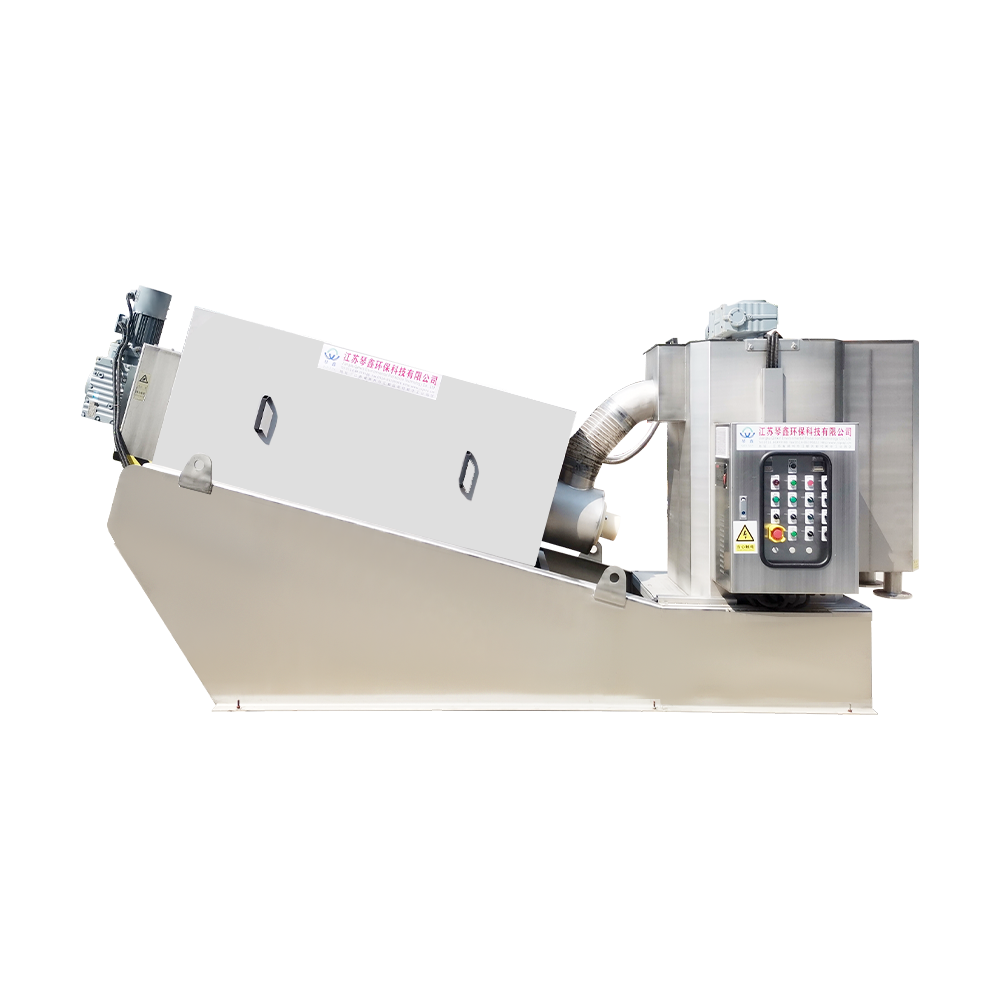
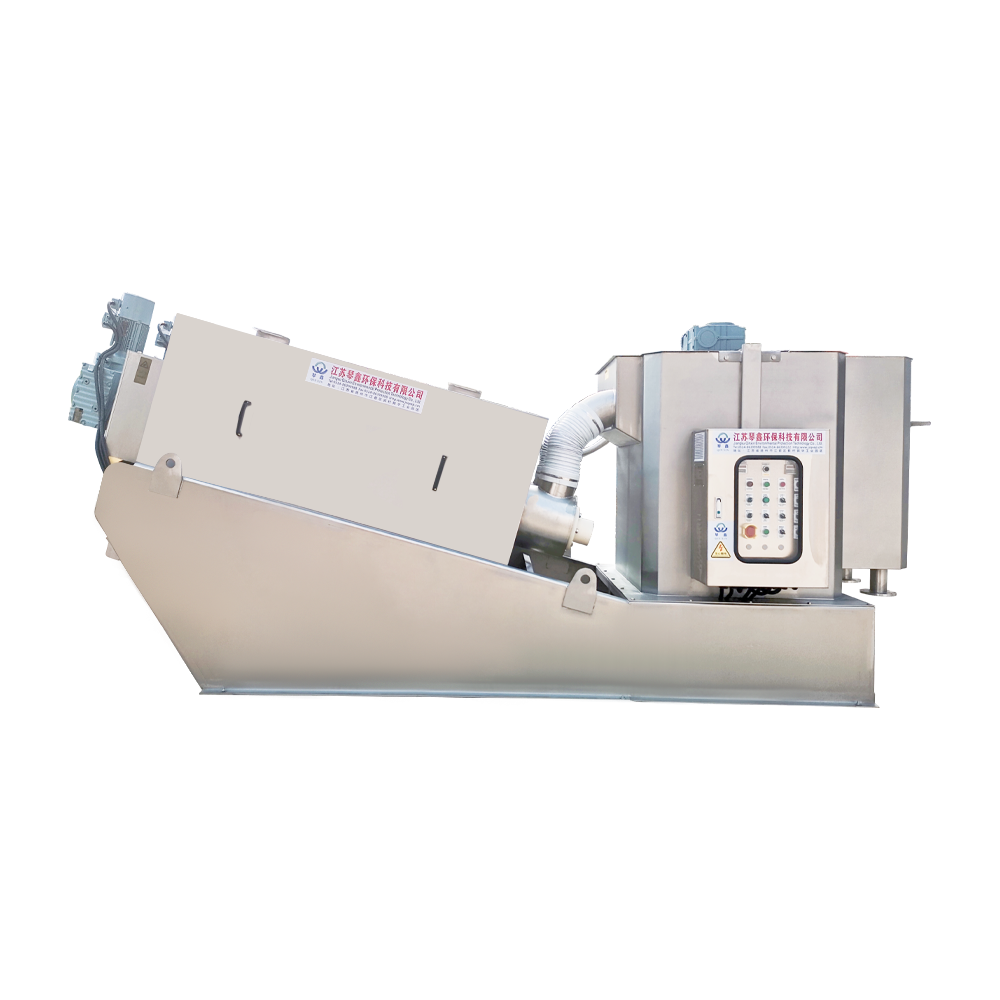
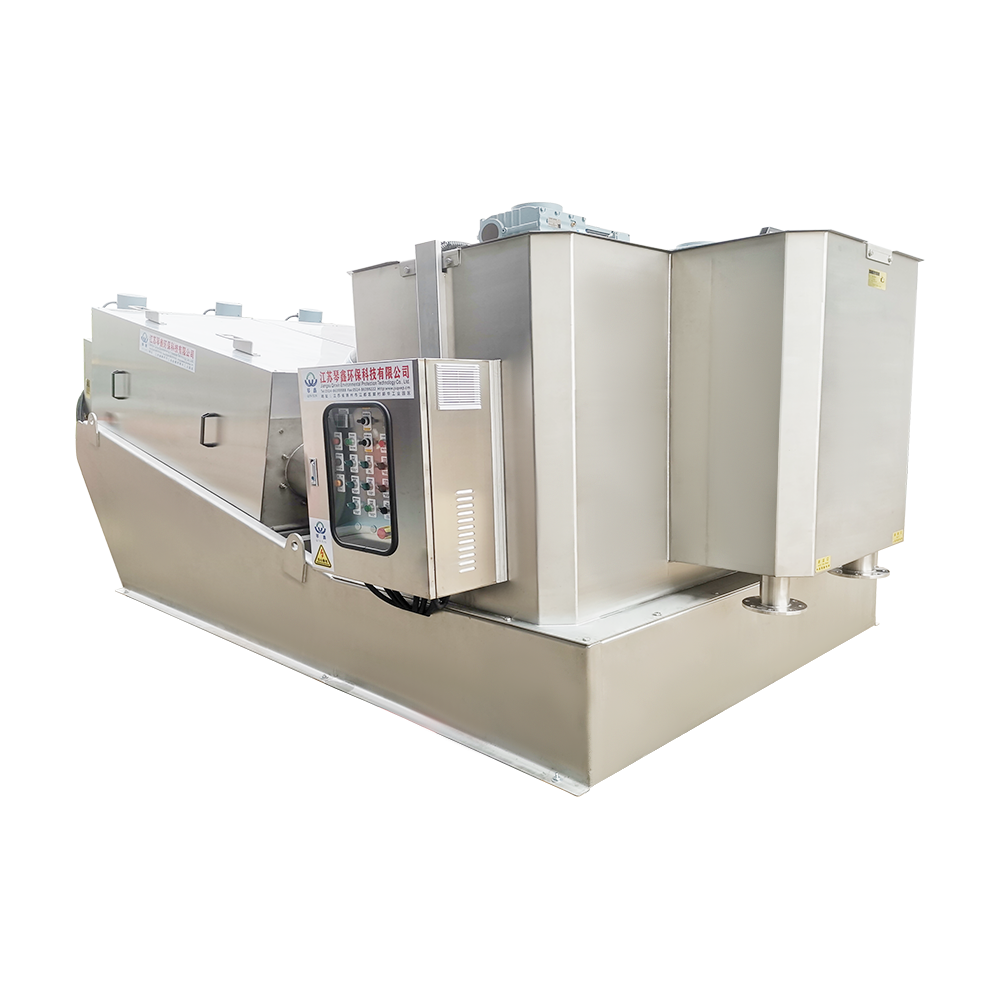
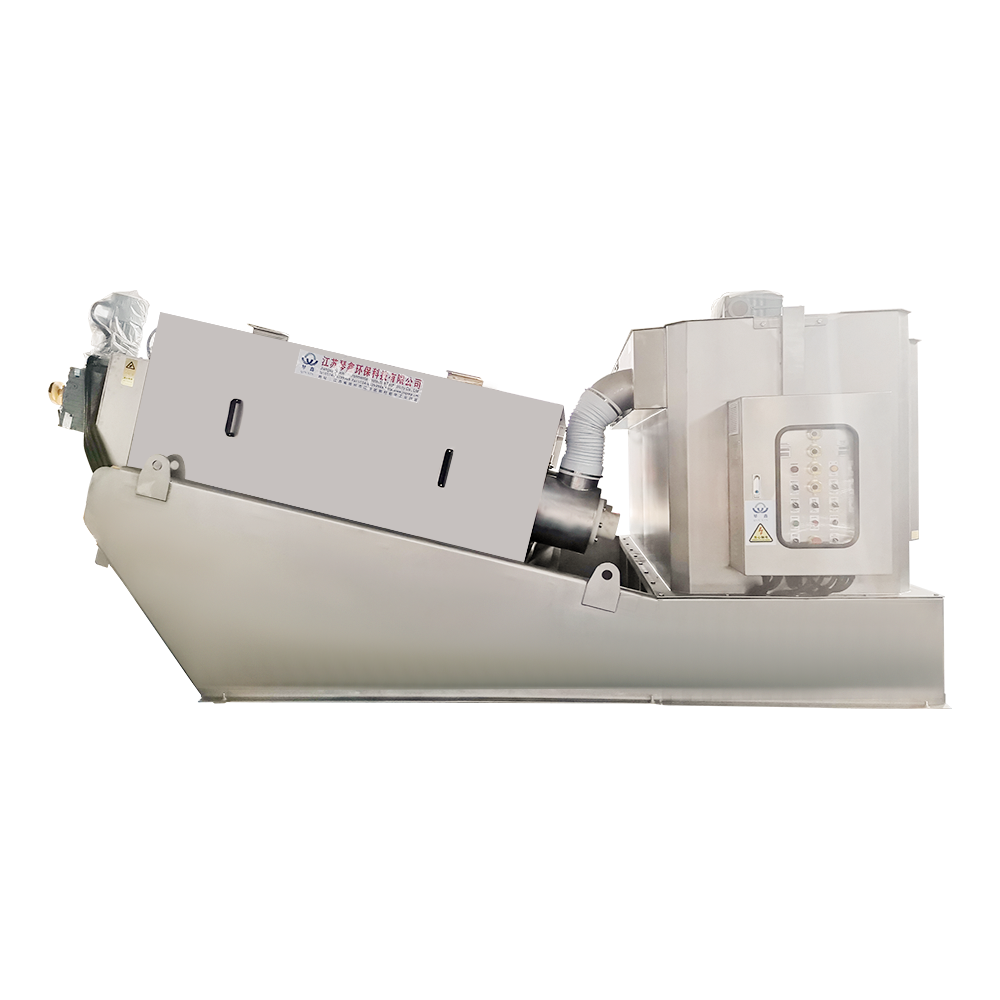
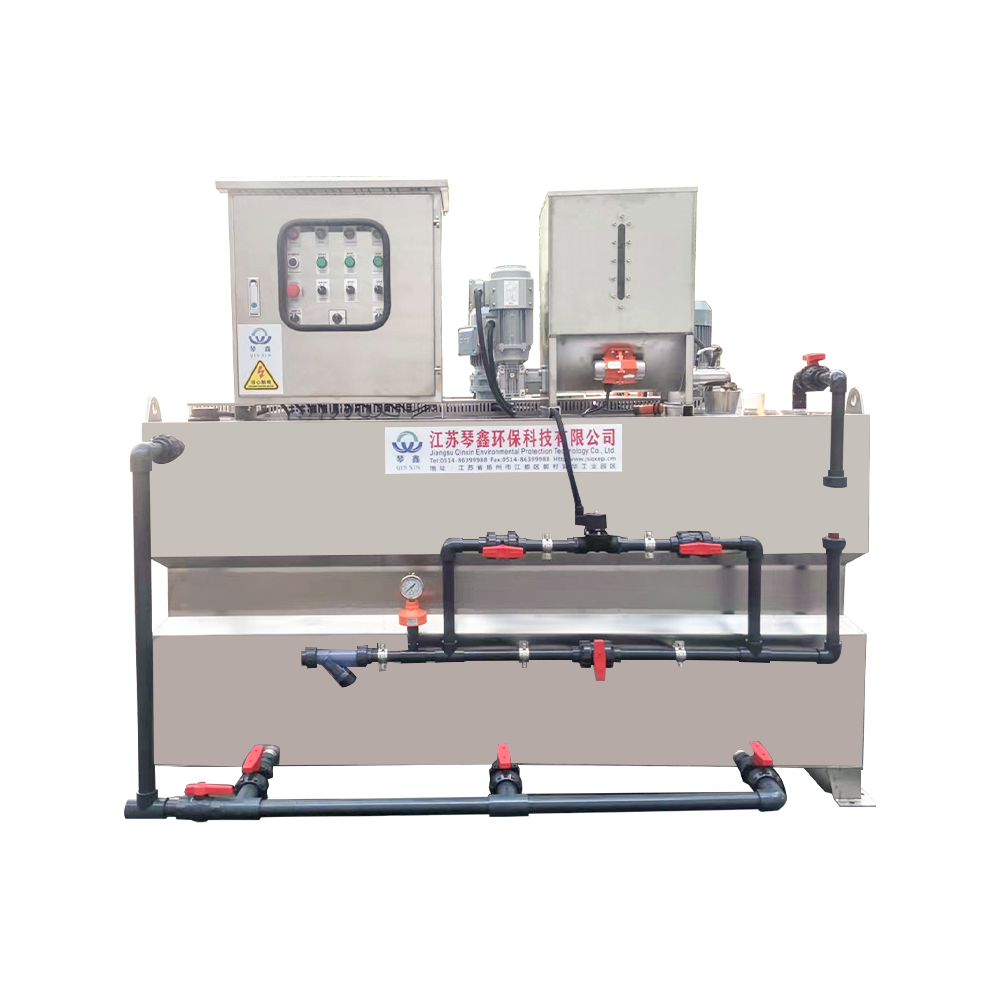

 TOP
TOP